

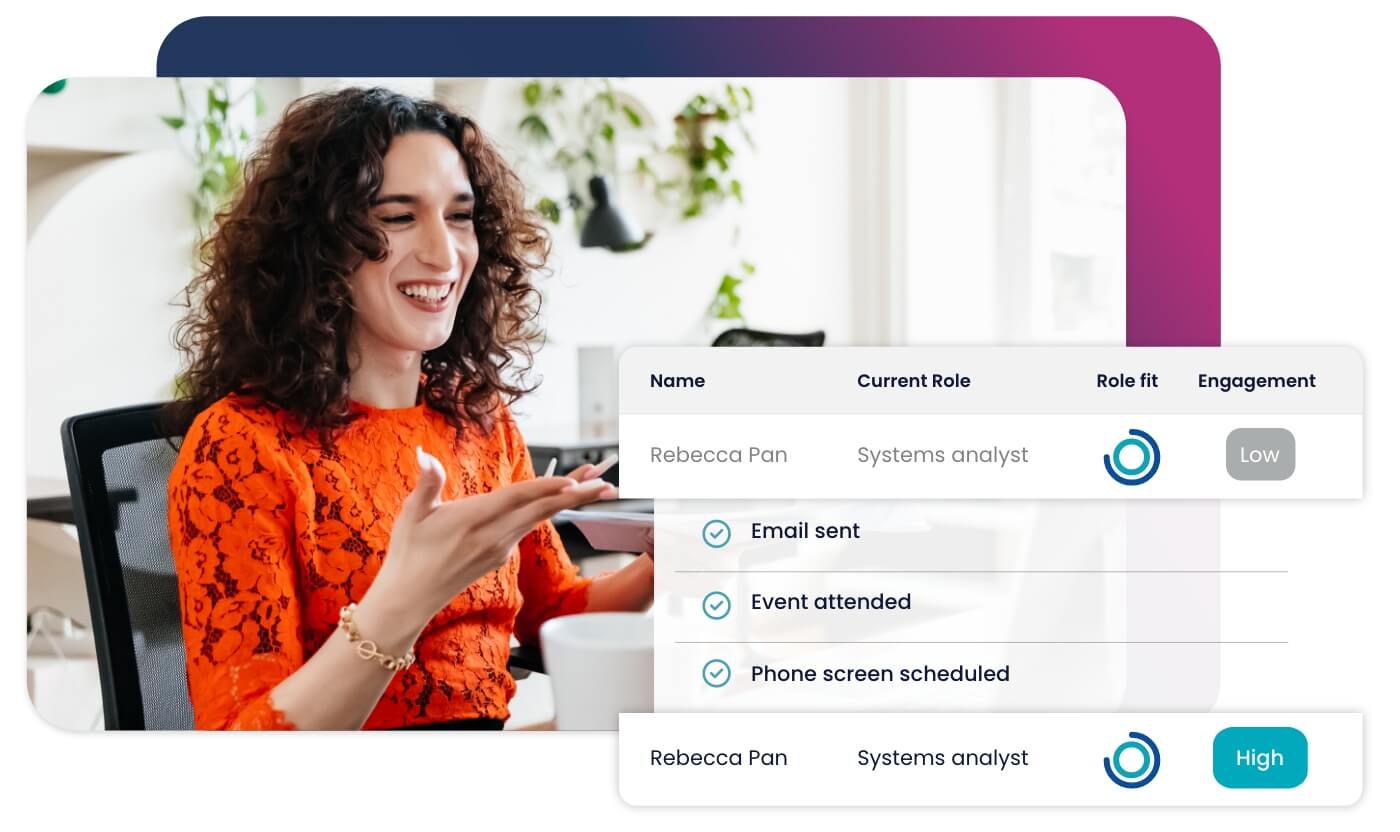
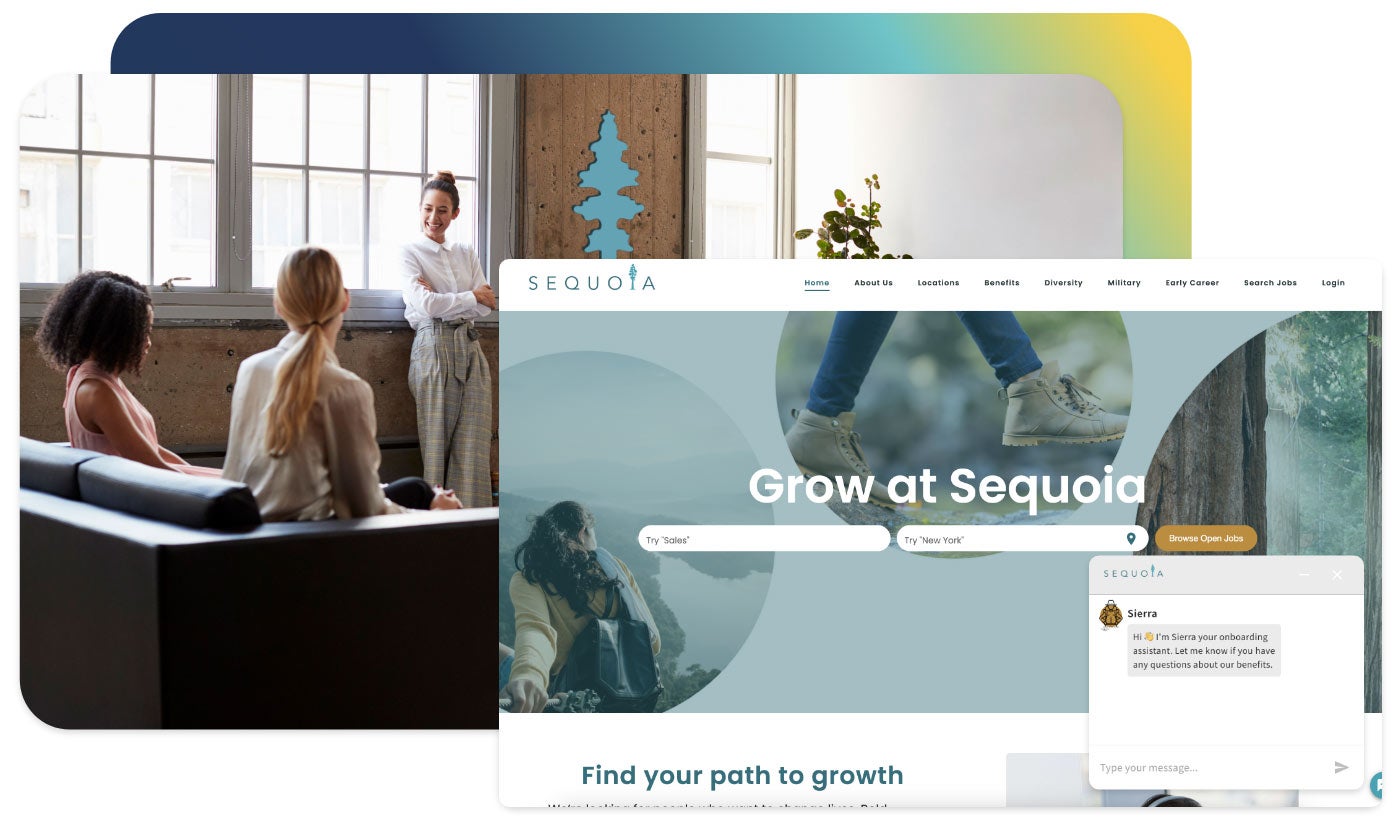


Accelerate hiring key talent to deliver care and exceed patient satisfaction.

Attract skilled candidates, speed up hiring and grow expertise in your workforce.

Simplify recruiting finance and banking talent with a platform for hard-to-fill roles.


Build a talent pipeline that engages and drives your business forward.


See how diverse and global enterprises use iCIMS to employ millions, drive innovation and connect communities worldwide.

Uncover unique market insights, explore best practices and gain access to talent experts across our library of content.


View press releases, media coverage, the latest hiring data and see what analysts are saying about iCIMS.

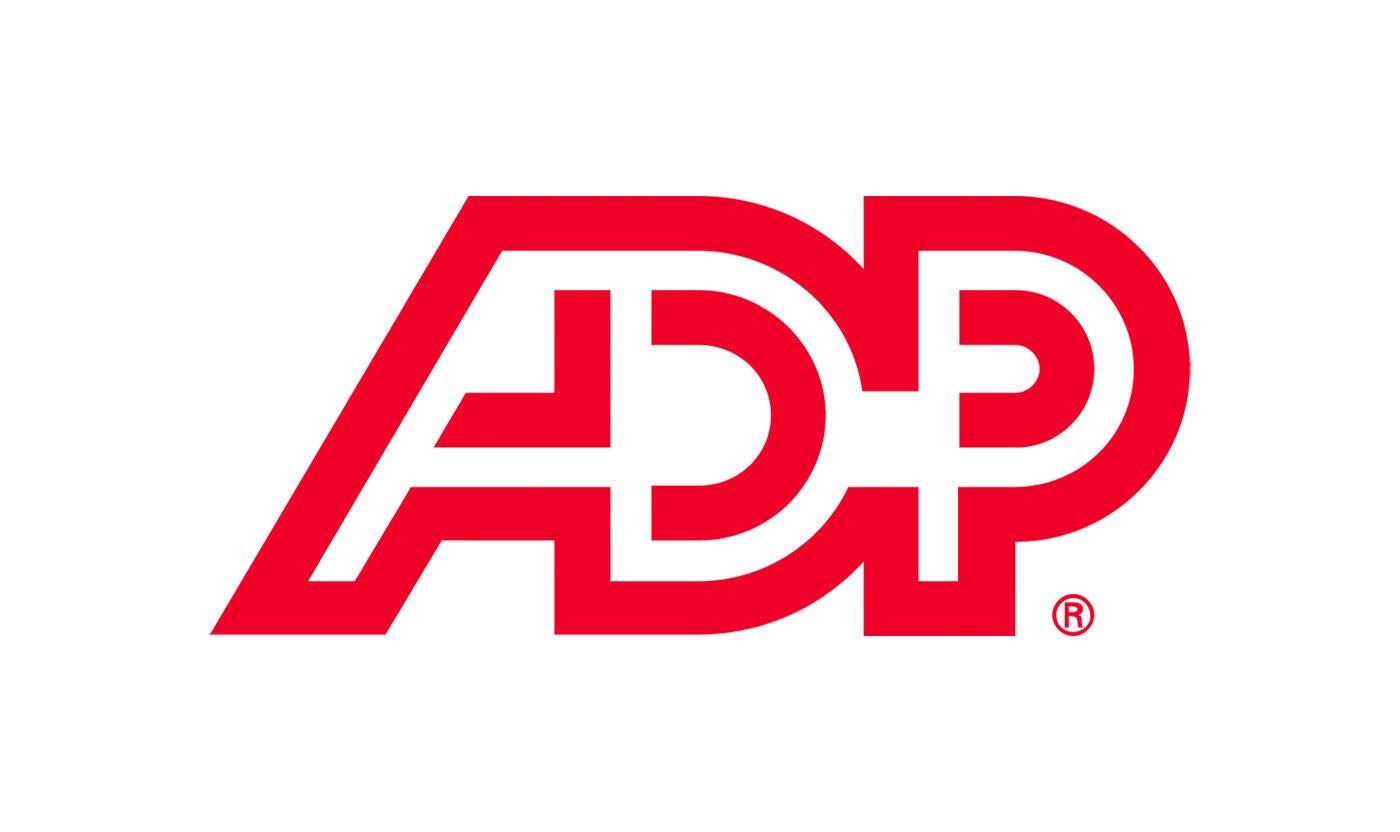
Streamline your tech stack and take advantage of a better user experience and stronger data governance with ADP and iCIMS.
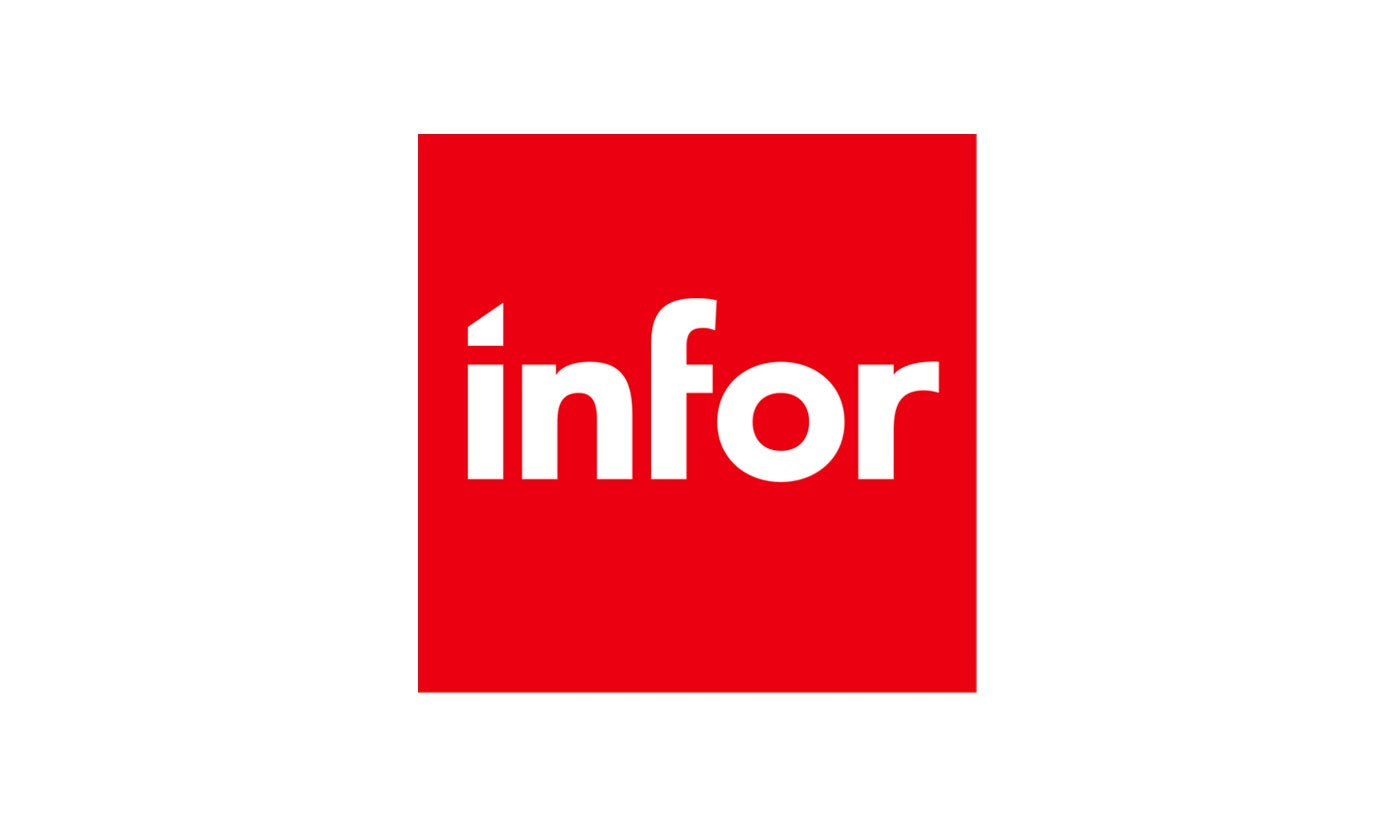
The combined power of iCIMS and Infor helps organizations strategically align their business and talent objectives.
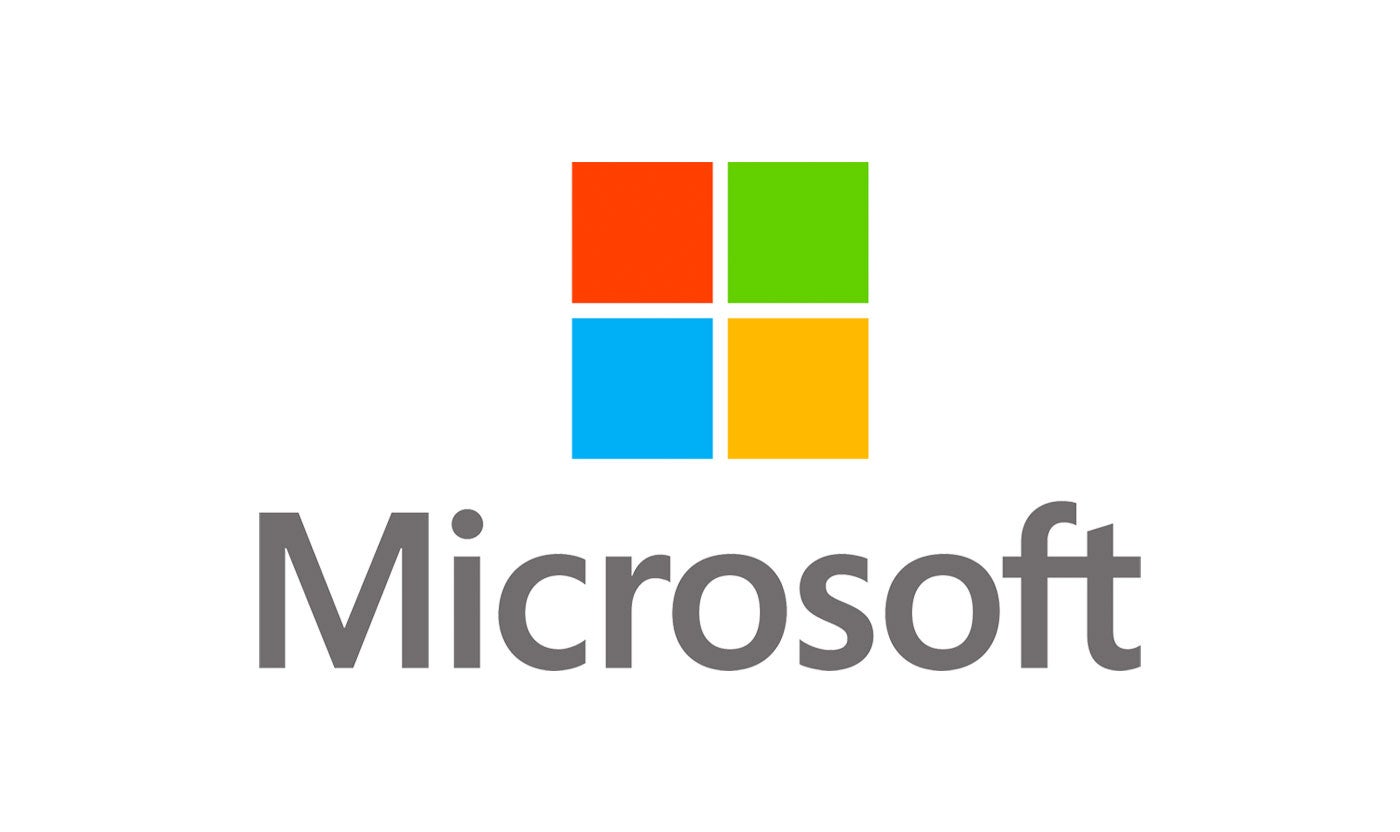
Our award-winning partnership with Microsoft is grounded in a shared desire to transform the workplace and the hiring team experience.
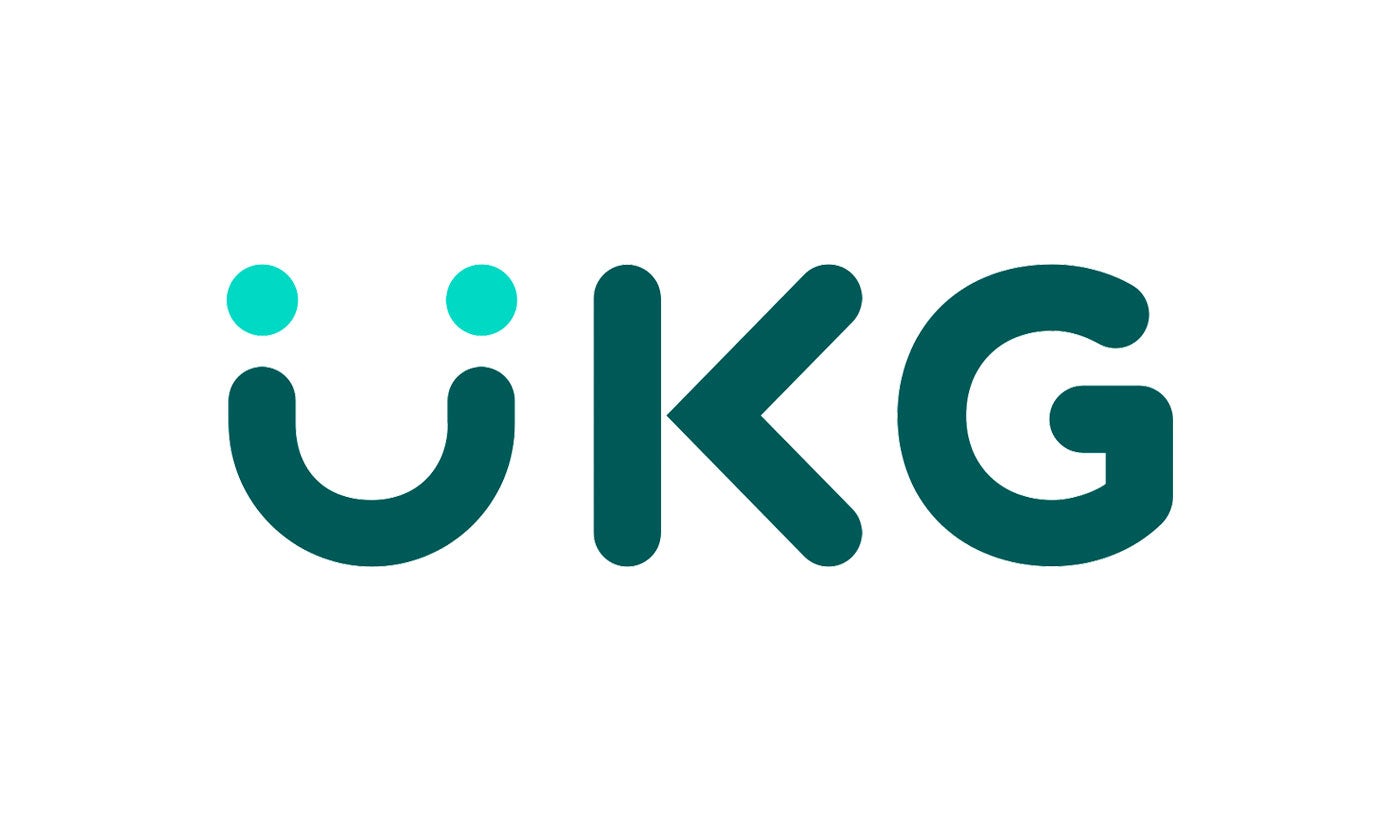
Our partnership with Ultimate Kronos Group (UKG) supports the entire talent lifecycle by bringing frictionless recruiting solutions to UKG Pro Onboarding.

When offices across the globe began to shut down last spring, things that used to take forever – or were utterly unheard of in business circles – began to happen. Fast.
Home offices were set up, meetings that used to take place down the hall or over the phone were scheduled on this new thing called Zoom, and business casual began to take on a whole new meaning (we see you, yoga pants).
As we started to realize that our work-from-home situations weren’t just temporary stopgaps, it became clear we needed to stop just stabilizing business and return to moving things forward. Goals still needed to be met, customer relationships needed to be maintained, and new employees were needed to help make it all happen.
But hiring during a pandemic created a new set of challenges, forcing recruiters to rethink talent acquisition. How do you give candidates a feel for company culture or any type of human connection when an in-person interview is out of the question? As work environments became 24/7 in nature, could the delivery of information keep up?
Whether your company’s return to office will adhere to some type of hybrid schedule in a physical workplace or remain fully remote, experts say virtual hiring is here to stay. Regardless of where people are working, hiring processes will combine virtual and in-person elements, said 70 percent of the respondents to a survey by LinkedIn that included more than 1,500 talent acquisition professionals from 28 countries.
“Job interviews will largely continue to be conducted virtually,“ Candace Nicolls, senior vice president of people and workplace at Snagajob, a Glen Allen, Va.-based online staffing platform that specializes in matching candidates to hourly wage jobs, told SHRM.
“Even for businesses resuming in-person operations, I expect that virtual and automated interviews will instead replace many in-person touch points, helping to accelerate timelines while also providing a critical layer of safety as we continue to observe social distancing rules.“
But it’s not just hiring managers who enjoy the benefits of virtual hiring tools. Active and passive job seekers alike want information fast and at their fingertips. They want to look beyond organizations’ shiny facades and get the lowdown on what it’s really like to work for Company X. Does its hiring live up to its commitment to diversity featured on the company’s home page? Candidates don’t want to dig through an email to find critical bits of information, and if they can apply for a position with a single click in a text, all the better.
As we navigate this new, new way of doing business, here are the recruiting tools either developed or refined during the pandemic that job candidates would like you to keep on using in the future:
Employer brand has been a focus for organizations for a long time but having a professionally shot corporate video or some words on your career page to highlight your culture just doesn’t cut it anymore.
“Culture” has become a buzzword, and everywhere you look, you’ll find a company telling candidates just how great it is to work at their company.
Candidates want to hear and see what you believe in. They care about the actions you take. They want to see real evidence of how you care for your people amidst crisis and everyday situations. And they want to hear it directly from your employees. According to LinkedIn, candidates trust a company’s employees 3x more than the company itself.
A great way to cut through the noise and build meaningful connections with candidates is by showcasing your authentic employer brand through employee-generated videos. Placing authentic, relevant employee video testimonials across different candidate touchpoints brings your brand voice to life and helps candidates understand what it’s like to work at your company. Video testimonials can live on your career site, in job descriptions, in emails, and on your social channels.
Video interviews were still relatively new when the COVID-19 pandemic forced organizations worldwide to start working – and recruiting – from home. Fast forward a year and change, and a whopping 92% of candidates we polled said they liked on-demand video interviews because they are flexible, innovative, and a chance to make an impression beyond their resumes.
The prerecorded interviews give all candidates, including introverts, a chance to stand out from their peers regardless of how well they interview face-to-face. By virtue of being on-demand, candidates decide when to record (80% do so during working hours) and what device they want to use (51% opt for a mobile device, 49% use their desktop).
If the dog starts to bark or a child wanders in looking for lunch, a candidate can stop the recording and start again when able to focus on the matter at hand (and finish their chicken nuggets).
Information travels fast. We get alerts on our watches and phones minutes after something newsworthy has occurred, whether it’s a headline-making sporting event or that your buddy just posted something on Instagram.
Job candidates expect to receive information from recruiters the same way. Candidate relationship management (CRM) systems keep both active and passive job seekers up to date on job fairs, open positions, and company news and events the help keep them invested in your story. You can even use them to deliver those employee video testimonials we talked about. Tap on your hiring managers and high performers to talk about that open role or how they’ve advanced at your company.
Today’s job seekers are much more connected than their predecessors. They prefer to communicate with recruiters and hiring managers over the channels they use most, such as SMS and email. They’re perfectly willing to switch to another opportunity if they feel that the candidate experience is lacking.
iCIMS talent acquisition platform has text messaging features that can give candidates a personalized, tech-driven experience on their platform of choice. Job seekers also prefer applying for a position directly from their phones instead of navigating to a website and wading through application pages. Single-click SMS applications hit the job seeker sweet spot that fits right into our busy and on-the-go lives.
Sixty percent of recruiters say that they regularly lose candidates because they can’t schedule interviews fast enough. iCIMS Text Engagement features a calendar that bypasses the requirement to sync to Office 365, Outlook, or Gmail. Yet, it still allows users to block free and busy time, set reoccurring events, and provide candidates with a link to schedule time on their calendar.
If we were to identify some silver linings that emerged since the pandemic began, it’s the way we figured out how to make hiring more nimble. Adopting digital tools – like video interviews and testimonials, text messaging, and mobile apps – helped job candidates engage with recruiters during a global crisis and still stay on top of updates and job opportunities. While the pandemic might be slowly drawing to a close, these digital tools will be around for the long haul.
Looking for more pro recruiting tips for hiring in a post pandemic job market? We’ve got you covered. View our 2021 Recruiting Strategies here.





